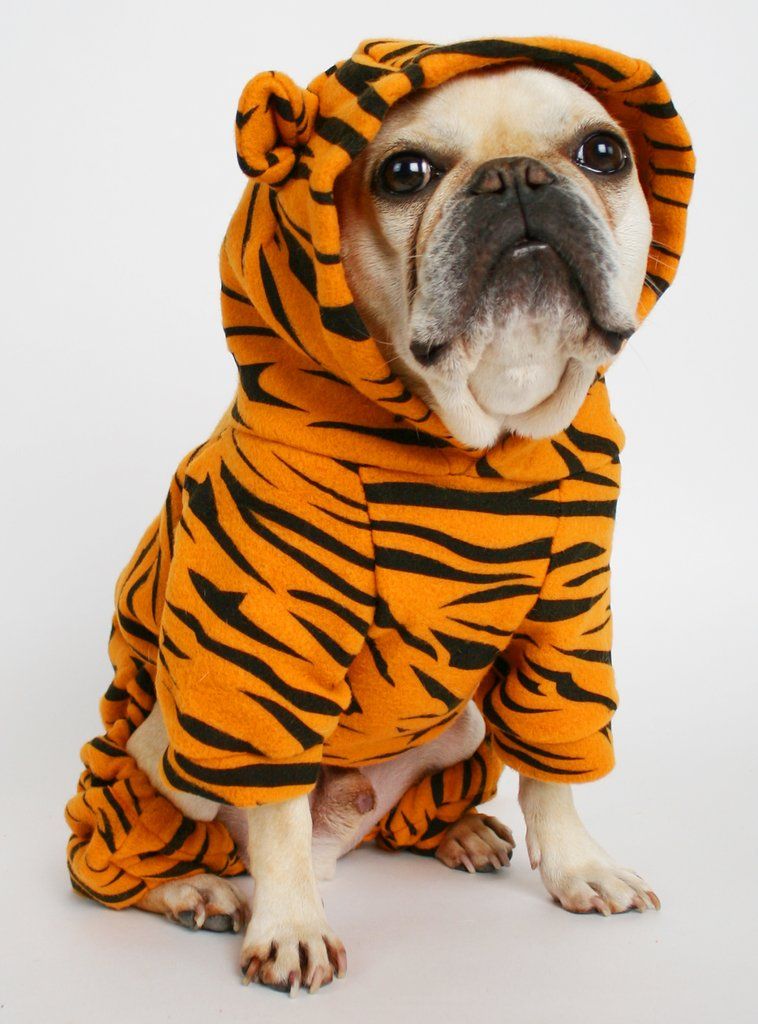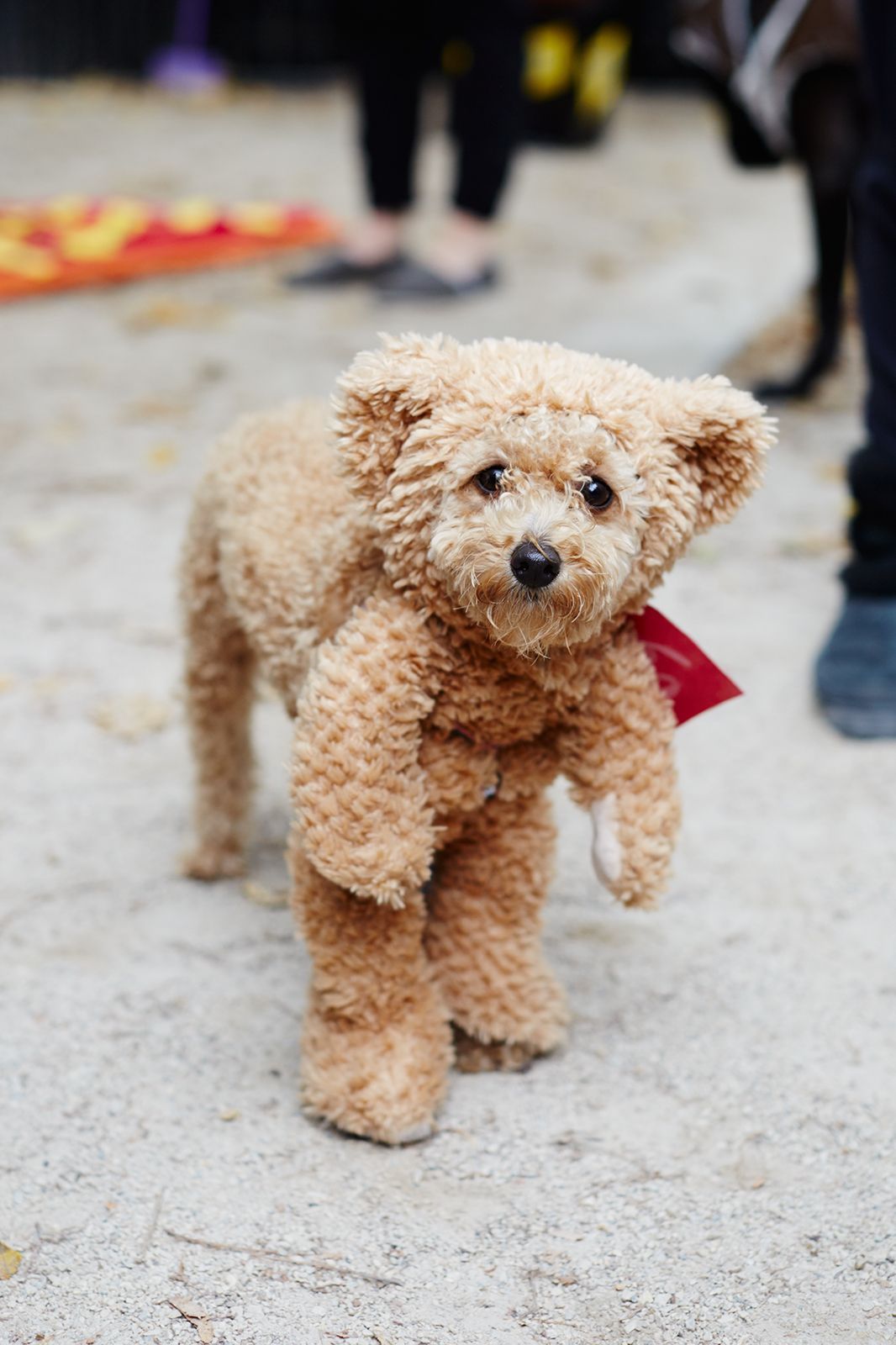Every dog owner understands how important a leash is for their pet. It's not just something to keep them in place. Leash is used to enhance safety of the dog, to correct mischievous behavior of dogs and to strengthen the relation ship between the dog and owner. This fact does something for me like that there are so many choices already when it comes to leashes. You have some for tiny dogs and others ideal for strong massive dogs like Fila Brasileiro. They vary in length and material depending on the requirement from long to short, hard carved from soft carved ones. It goes without reason that spending some quality time while choosing the right leash will make the walks more fun and safe for the dog and its owner.
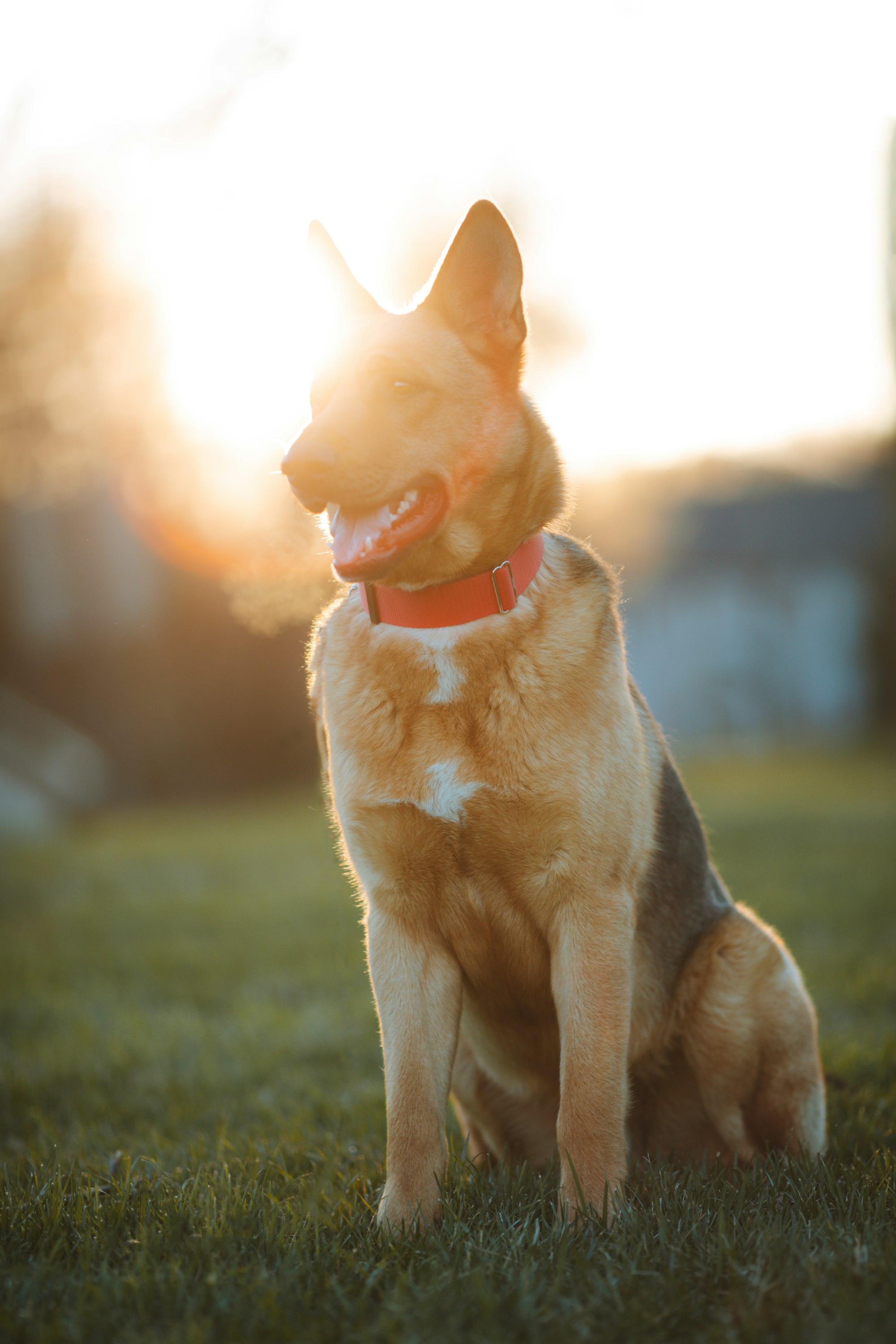
A Tale of Tails and Trails
Before we get to the details, though, there’s a quick story. I grabbed the first leash I could find when Bella, the playful Labrador, moved in. Once I went to the park with Bella, and so I saw a butterfly and ran after it. With her I found myself sprinting across the grass. I realized my leash wasn’t right for Bella’s energy. It taught me that a good leash is important; not too excited for the dog but giving you control of what you let the dog get away with.
The Array of Leashes: Making Sense of the Choices
Dog leashes do come in many different variations so you have a lot of option available to you. They’ve all been made for needing different things. And it’s overwhelming to pick a great one. However, if you know a couple of key features, you can decide.
Mostly standard leashes. They are pretty simple and walk just fine for everyday walks. There are a few drawbacks to retractable leash: dogs become more free to roam around, but they are more difficult to control. Slip leads, made up from a collar and a leash put together, are quick and easy to put on and take off.
Each type has its benefits. The right one will depend on how you and your dog walk, as well as his behavior. Imagine what could make your walks easier and come walking.
The best leash is one that works for you and your dog, at least that works for you and makes sure you are both comfortable and safe.
Standard Leashes
Standard leashes are simple and easy to use. They have a straight design with a loop for your hand and a clip to attach to your dog’s collar. These leashes come in different materials, such as nylon, leather, or fabric. They are great for regular walks and give good control over your dog.
Retractable Leashes
Retractable leashes give dogs sometimes a little more freedom to explore. There are locking features to control the length as well. However, these leashes might not be the best in a crowded or busy building. In that case, it can be hard to keep your dog close in those environments as the leash can extend too far.
Adjustable Leashes
The flexible and easy to use adjustable leashes come in handy. The rings and clips on the leash allow you to change how long the leash is. Use it short in crowded areas and long in park areas. It is therefore a good choice for different situations, where the situation requires more control, but your dog has more freedom, when it is safe. Adjustable leashes help you while you walk in the city or outdoors, regardless of how you walk your dog.
Chain Leashes
Chain leashes are tough so they won not be chewed by your dog. Dogs like to chew their leash, and these are for them. But be heavy and may not be ideal for long walks.
What to Consider When Choosing a Leash
Here are some of the important things to consider while choosing a leash:
Your Dog's Size and Strength
A strong dog, like a German Shepherd dog has different needs than a Chihuahua dog. A strong leash for a large dog should be able to stand the brute force of a large dog. Leashes need to be lighter when a dog can carry it with the little strength they have. Find a correct leash for the dog’s size and strength.
Purpose of the Leash
For training and taking walk the leash must serve its purpose. For training session, you should get short, sturdy leashes. In addition, they keep the dog close and on track. Retractable or adjustable leashes can be just what you needed for a leisurely walk. That gives you more freedom and movement. It’s still safe, but the dog gets to explore. After all, if you choose the right leash, it sometimes does make a difference. It can also make train easier and enhance walking experience. And this leash helps the owner and the dog to get situated with things.
Material Matters
Material matters. Nylon is some other common choice because it holds up so long. Some people like leather because it’s been a classic for years and because it’s soft. It also gives you a good grip and lasts for many years. Different reasons make different material popular for a different reason. The choice between nylon or leather is based o personal preference and intended use. Small choices can bring a great satisfaction. It is knowing what features each material brings that can make a better decision.
Recommendations from the Trenches
For Training
Professional dog trainers recommend using 6 foot leather leashes. But these leashes are long enough that some freedom exists, and you still have good control.
For Puppies
Young puppies can be a real adventure! A shorter durable nylon leash help keep them in line with their playful behavior.
Safety Above All
Leashes with reflective material are helpful when simply taking a walk at night. It should always be your primary focus to stay safe.
Leash Maintenance and Care
Regular care is needed for leashes to work well and safely for your pet. Since they can break or even become accident prone with use, you should check them often. If the leash gets dirty, clean it; and store it somewhere so that it lasts. A leash is well maintained to keep your pet safe, and to allow you both more enjoyable time outdoors.
Regular Inspection
It's easy to overlook, but a quick once-over of your leash can make a world of difference.
- Clip and Buckle: The metal parts are crucial. Ensure they aren't rusting or showing signs of wear, as they're responsible for keeping the leash attached to your dog's collar or harness.
- Stitches and Seams: Especially on fabric or leather leashes, ensure the stitches are intact. Fraying or loose stitches can compromise the leash's integrity.
- Handle: This part undergoes a lot of stress, especially if you have a strong or large dog. Ensure it's comfortable to grip and shows no sign of breaking.
Cleaning 101
Dirt, grime, and occasional mud are part and parcel of a leash's life. However, a clean leash is more durable.
- Nylon and Fabric: These can typically be tossed in the washing machine. Use a gentle cycle and mild detergent. For added protection, you can place them in a pillowcase or a laundry bag.
- Leather: This material requires a bit more TLC. Use saddle soap or a leather cleaner to clean off any dirt. Once dry, applying a leather conditioner will keep it supple and prevent cracking.
- Chain: Warm soapy water and a brush can remove grime from chain leashes. Ensure it's thoroughly dried to prevent rust.
Proper Storage
How and where you store your leash can impact its longevity.
- Avoid Dampness: Moist environments can cause materials like leather to mold and metal parts to rust. Always ensure your leash is dry before storing.
- Hang it Up: Rather than coiling it up in a corner, hang your leash. This prevents it from tangling and keeps it straight, reducing wear on the material.
Away from Chewers: Some dogs love to chew, and a stored leash can be a tempting target. Keep it out of reach if your pet has such tendencies.
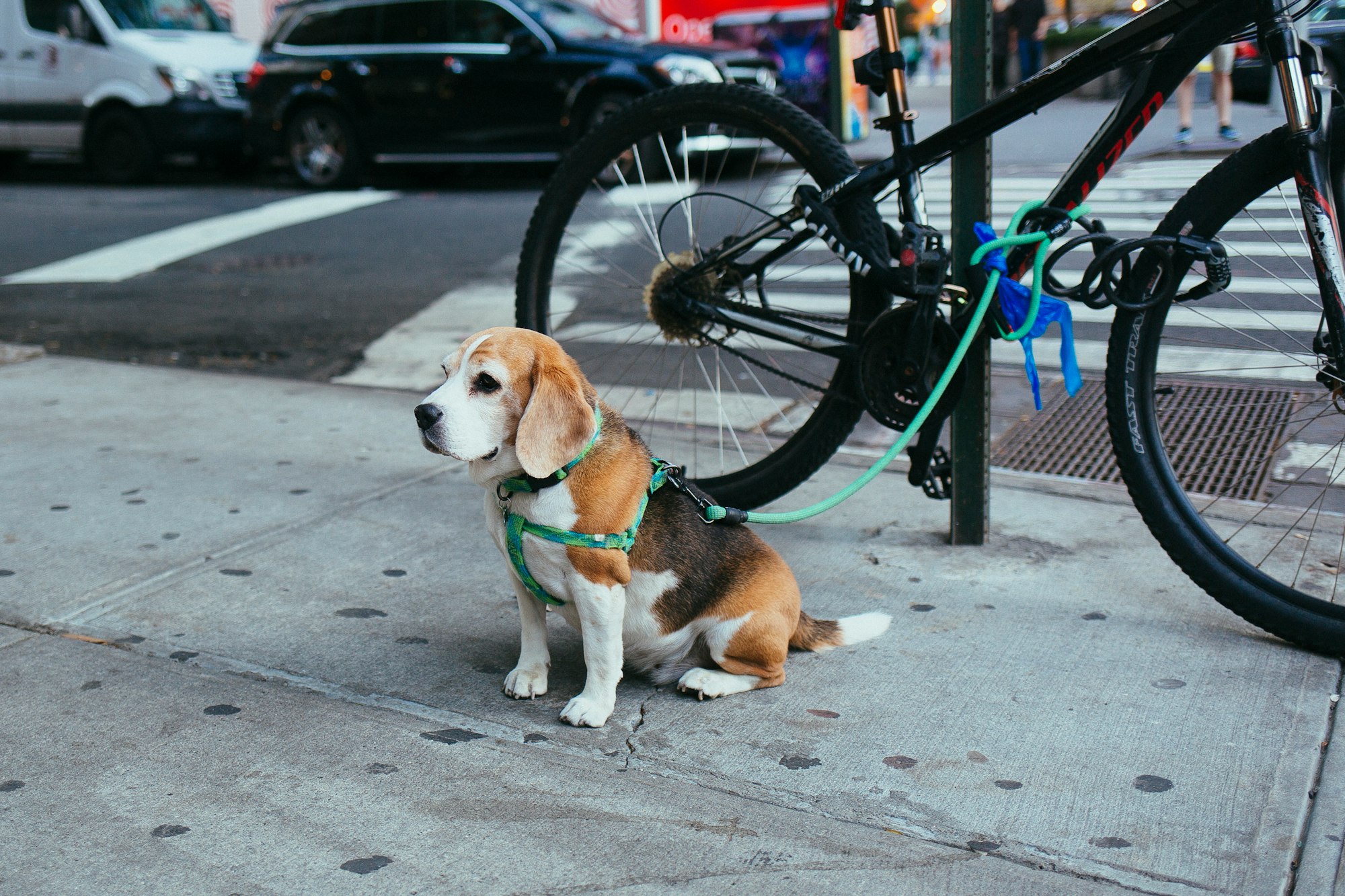
In Essence
Maintenance might seem like a chore, but in the long run, it ensures your chosen leash remains a reliable and safe tool. By dedicating a little time and attention to its care, you ensure that each walk, run, or adventure with your furry friend is a secure and joyful experience.
The Human-Leash-Dog Connection
Choosing, maintaining, and using a dog leash goes beyond the mere practicality of it. When we delve deeper, it's a symbol of the bond between a pet and its owner, an extension of the trust and understanding that grows with every walk and adventure.
Training and Trust
One of the first introductions to a leash for many dogs is during training sessions. Whether it's basic obedience training or more advanced behavioral classes, a leash becomes the medium of communication.
- Reinforcement: Correct leash handling can reinforce positive behaviors. A slight tug can act as a gentle reminder, while a slackened leash can reward good behavior.
- Building Trust: Consistency in leash handling helps dogs anticipate their owner's reactions and expectations. Over time, as they learn what's expected, trust blossoms.
Safety and Security
While a leash ensures a dog doesn't wander off into potential danger, it also provides a sense of security for the dog.
- A Familiar Connection: In unfamiliar or crowded surroundings, the leash acts as a reassuring tether to their owner.
- Control in Unpredictable Situations: Should you encounter aggressive animals or unforeseen hazards, a leash provides immediate control, ensuring your dog's safety.
Beyond the Walk - Adventures and Activities
With the right leash, the possibilities of outdoor activities expand.
- Hiking: Specialized hiking leashes can make mountain trails and forest hikes enjoyable for both the pet and the owner.
- Running: As mentioned before, hands-free leashes make jogging with your dog a fun and bonding experience.
- Agility Training: For those looking to tap into their dog's energy and intelligence, agility training with appropriate leashes can be a rewarding endeavor.
A Window into Their World
When you take a moment to view the world from the perspective of your dog, the significance of the leash becomes even clearer. For them, it's not just a tether, but a conduit of emotions, experiences, and unspoken conversations.
The Leash as a Guide
Dogs, especially the young and curious ones, are keen to explore everything that catches their attention.
- Introducing New Experiences: The first time your puppy encounters a bustling city street or a crowded park, the leash serves as a gentle guide, helping them navigate the sensory overload and new challenges.
- Building Confidence: For dogs that might be timid or anxious, a leash acts as a comforting presence. It reassures them that their trusted human is close by, ready to guide them through the unknown.
Emotional Signposts
The way a dog owner handles the leash can convey a myriad of emotions and cues to the dog.
- Calm and Steady: A relaxed grip and a slackened leash can signal to the dog that everything is alright, instilling calmness.
- Alertness: A shorter, taut leash can convey caution, signaling the dog to be alert and attentive.
- Affection: Occasional gentle pulls or playful tugs can become a playful interaction, fostering a deeper bond.
Evolving with Time
As seasons change and years roll by, the relationship between the dog and the owner matures. The leash, a silent witness to this evolution, carries the memories of shared adventures.
- From Puppy to Senior: The energetic pulls of puppyhood might give way to the leisurely strolls of senior years. The leash remains a constant, adapting to the pace and needs of the aging canine.
- Memories Embodied: Every scratch, bite mark, or fray on the leash tells a story—a wild chase, a surprise encounter, or that time it got entangled in bushes.
The Unspoken Bond
The beauty of the relationship between a dog and its owner lies in its simplicity and depth. Words are seldom needed. A look, a gesture, or the familiar feel of the leash is enough to communicate volumes. In essence, the leash transcends its physical form. It's a chronicle of shared experiences, a symbol of trust, and a bridge connecting two different species in a bond of unconditional love. As you walk side by side, with every step, the leash weaves a tale of friendship, loyalty, and shared adventures in the tapestry of life.
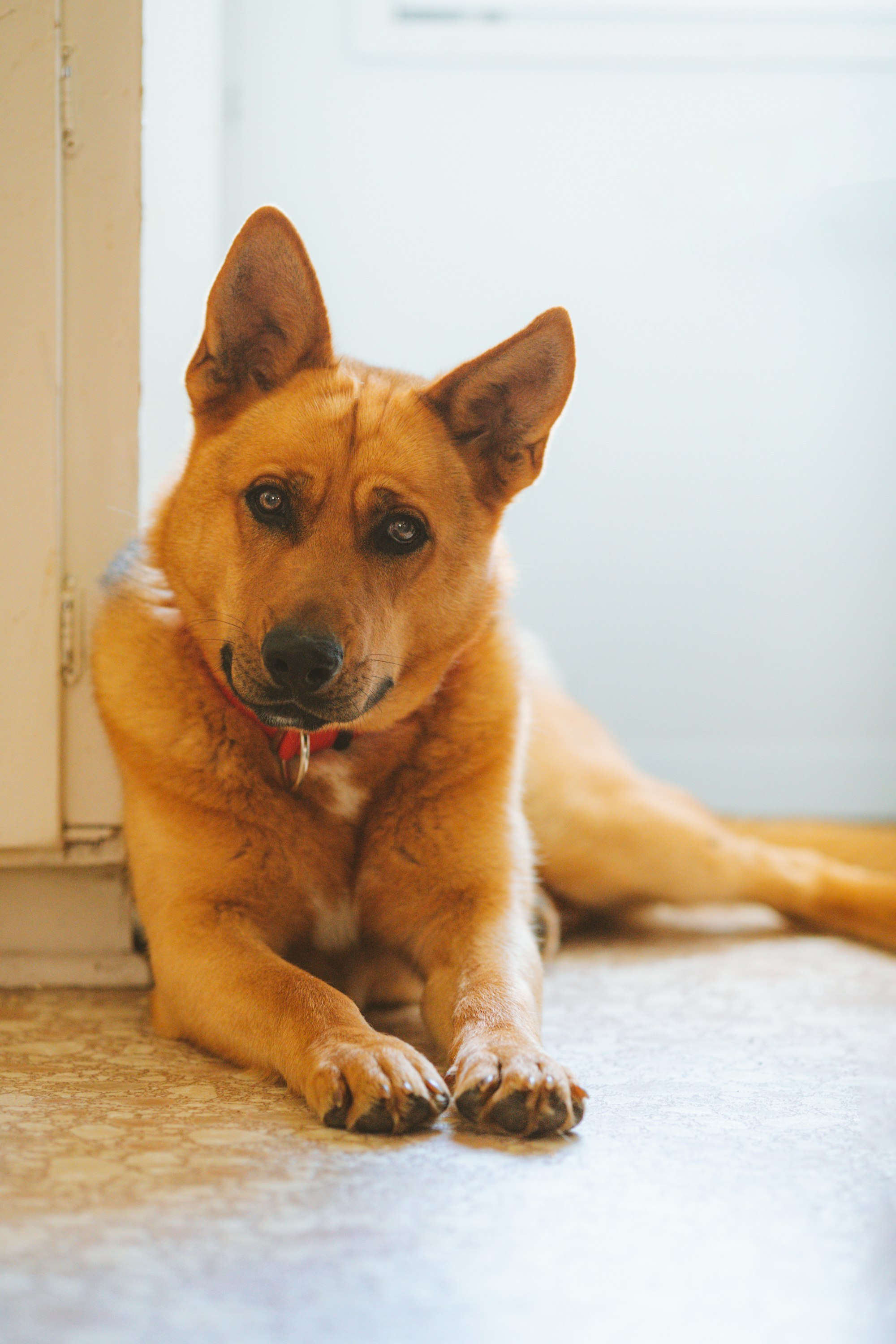
More than Just a Tool:
Throughout history, the bond between humans and dogs has been documented and celebrated. The leash, being a part of this relationship, has its own tale to tell, marking its presence across various cultures and time periods.
Historical Glimpses
- Ancient Civilizations: The leash's history traces back to ancient civilizations like Egypt, where carvings depict dogs on leads, showcasing their importance in hunting and guarding. The leash wasn't just functional; it was also a status symbol, with materials and designs denoting rank and prestige.
- Medieval Period: Tapestries from medieval Europe often depict hunting scenes with dogs on ornate leashes, underscoring their importance in sport and nobility.
Cultural Nuances
- Eastern Traditions: In some Asian cultures, dogs were often viewed as spiritual beings, and the act of walking them on a leash symbolized a harmonious balance between man and nature.
- Western Evolution: In the West, as urbanization grew, the leash transformed from a hunting tool to an essential urban accessory, ensuring safety and control in bustling city environments.
The Modern Era and Pop Culture
Today's leashes are more than just utilitarian objects. They've seeped into popular culture, representing various facets of the human-dog relationship.
- Fashion Statement: Designer leashes and collaborations between pet brands and high-fashion labels highlight the leash's role as a fashion accessory.
- Literature and Film: From classics like 'Old Yeller' to modern films like 'Marley & Me', the leash often makes symbolic appearances, representing control, freedom, and the undying bond between humans and their canine companions.
The Future of Leashes
With advancements in technology and a deeper understanding of canine behavior, what might the future hold for this age-old tool?
Smart Leashes
Imagine a leash that monitors your dog's health, tracks its location, and even offers training tips. As wearable tech advances for humans, similar innovations for pets aren't far behind.
Eco-friendly Materials
With rising environmental consciousness, the future might see leashes made from sustainable materials, ensuring that our pets' footprints (or paw prints!) are eco-friendly.
Customization
Personalized leashes, tailored not just in terms of design but also functionality, could become mainstream. Think adjustable lengths, integrated toys, or even leashes suited to specific weather conditions.
The Philosophy Behind the Leash
When we pause and reflect, the leash transcends its material and functional essence. It becomes a philosophical representation of our relationship with nature, animals, and our own sense of responsibility.
A Reflection of Trust
- Balance of Power: At the core, the leash signifies a balance of power. While it provides humans control, it also represents the trust a dog places in its owner to guide and protect.
- Symbol of Responsibility: The act of leashing isn’t just about restraint; it's a commitment. It’s a silent promise that says, "I'm responsible for your well-being."
Interconnectedness and Interdependence
- Symbiotic Relationship: The leash becomes a tangible symbol of the symbiotic relationship between humans and dogs. While we offer them care, shelter, and love, they gift us with loyalty, companionship, and numerous mental and physical health benefits.
- Shared Journeys: Whether it's a routine walk in the park or an adventurous trek, the leash connects shared experiences and memories, embodying the idea that life’s journeys are better when shared.
Ethical Considerations
- Humane Treatment: The leash also brings forth ethical considerations. It's essential to ensure that it's used humanely, not causing any discomfort or harm.
- A Tool, Not a Crutch: While it's a valuable tool, it shouldn't be a crutch for poor training or a substitute for teaching a dog discipline and boundaries.
The Emotional Dimensions of the Leash
Beyond the physical and philosophical, the leash also taps into the emotional realm of the human-canine bond.
Moments of Vulnerability
- First Leash Experience: The initial experience of a puppy being leashed, the hesitations, the tiny rebellions, and then the eventual acceptance, are moments of vulnerability and growth.
- End of Day Reunions: For many, clipping on that leash for an evening walk after a long day becomes a ritual, a moment of reconnection and shared relief.
Emotional Support and Healing
- Guiding Through Challenges: For service and therapy dogs, the leash is not just a tool but a lifeline. It connects them to those they assist, guiding them through daily challenges and offering emotional support.
- Healing Walks: For individuals battling mental health issues, trauma, or loneliness, the simple act of holding a leash and walking their dog can be therapeutic, grounding, and healing.
A Timeless Legacy
As we stand at the crossroads of history, technology, and evolving relationships, the leash remains a steadfast symbol. It reminds us of our roots, our shared histories, and our responsibilities. It's a testament to the fact that some bonds, despite the changing sands of time, remain unbreakable. Every twist, turn, and fray tells a story, and as we move forward, this simple yet profound tool will undoubtedly continue to weave stories of love, trust, and shared destinies.
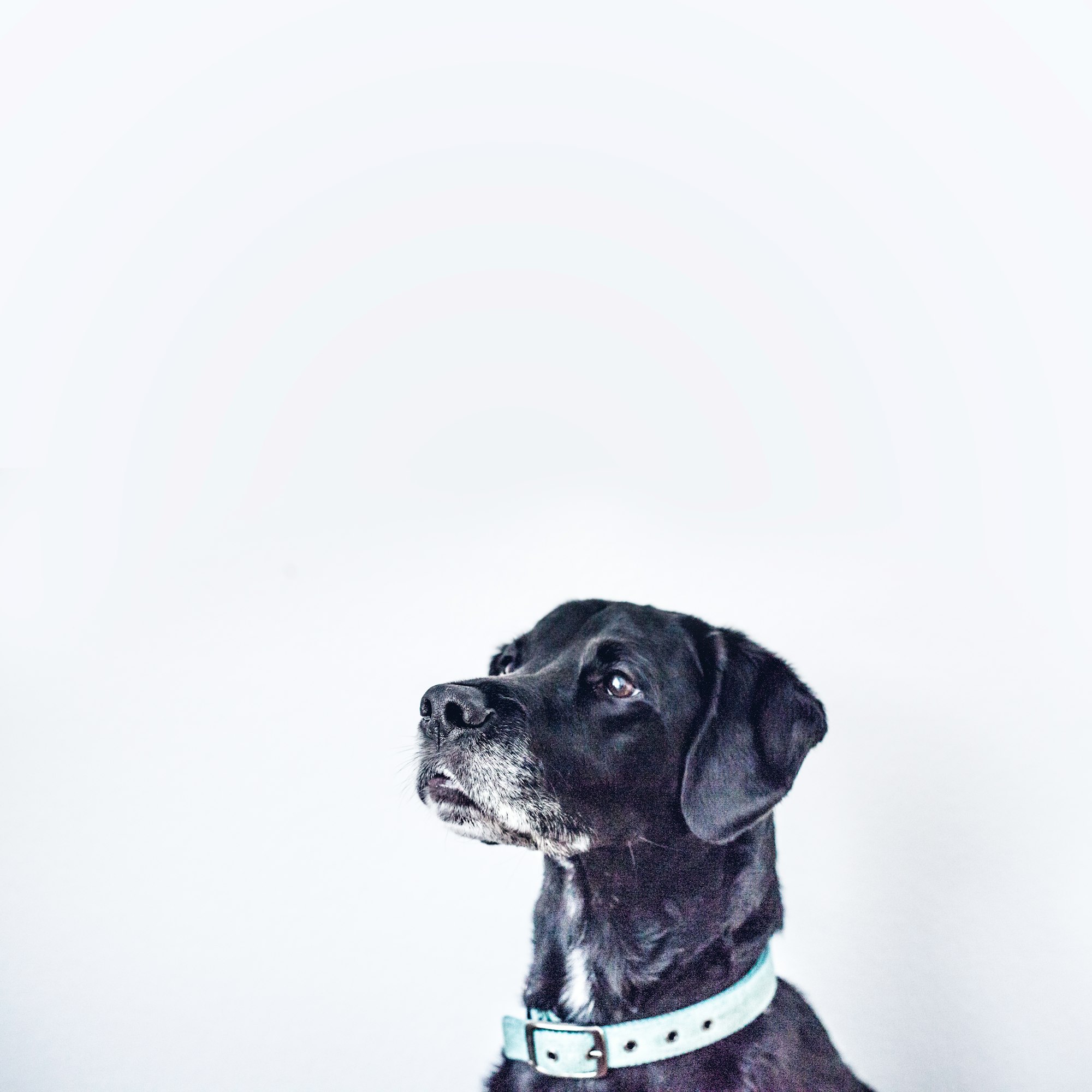
Beyond Today: Imagining the Evolution of the Leash
As we tread into the future, replete with technological innovations and shifting societal norms, the leash, much like our connection with our canine companions, will inevitably transform. Let's imagine the horizons we might touch.
The Digital Revolution and the Leash
- Interactive Leashes: Picture a leash equipped with touch-sensitive technology. A gentle tap could release calming pheromones or play your dog's favorite soothing tune during a particularly stressful situation.
- Augmented Reality (AR) for Training: What if the leash could interact with AR glasses worn by the owner? Training cues, overlaid on real-world visuals, might guide new pet owners, signaling when to pull gently or give slack.
Personalization to the Next Level
- Mood-sensitive Materials: Advanced polymers might change color or texture based on the dog's mood, picked up via subtle changes in body temperature or pulse, giving owners immediate feedback about their pet's emotional state.
- Memory Leashes: Incorporating micro-storage devices, future leashes could capture and store moments from every walk – a bark at a squirrel, a playful jump, or a serene pause by the lakeside. These could later be replayed, allowing owners to relive cherished moments.
Sustainability and the Leash
- Fully Biodegradable Leashes: As the world leans more towards sustainability, we might find leashes made from materials that, once discarded, degrade without a trace, leaving no environmental footprint.
- Eco-Feedback Systems: Future leashes could come equipped with systems that provide feedback on the owner's ecological impact during walks, prompting cleaner and more environmentally friendly behaviors.
A Relationship Reimagined
But, beyond the tech and the materials, the heart of the leash will always be the relationship it nurtures. As society evolves, so will our understanding of canine emotions and needs.
Ethical Leashing
The future might bring about a greater emphasis on the ethical dimensions of leashing. The conversation could shift from not just how we leash, but why we leash, emphasizing mutual respect and understanding.
Community and Connection
Leashing could become a communal activity. Picture community leash-sharing programs, where leashes imbued with memories and experiences are shared among dog lovers, fostering a sense of connection and shared responsibility.
A Glimpse Ahead
While it's thrilling to envision the future possibilities of the leash, its core will remain unaltered. It will forever symbolize the profound connection between humans and dogs. Regardless of its material, tech integrations, or design, the leash will always stand as a testament to a bond forged through time, understanding, and countless walks side by side. In every tug and gentle pull, in the intertwined moments of joy and exploration, the leash will remain an emblem of a love story that knows no bounds.
Lessons from the Leash: Applying Them to Broader Life
In our journey exploring the leash, its significance and evolution, there's a broader tapestry of life lessons that can be distilled from this simple, yet profound tool.
Embracing Change
Much like the evolution of the leash, life is a testament to the inevitability of change. From basic ropes in ancient times to potential high-tech marvels in the future, the leash teaches us to embrace transformations, always seeking ways to adapt, innovate, and improve.
The Balance of Freedom and Responsibility
The leash epitomizes the delicate balance between freedom and restraint. It's a reminder that true freedom isn't about complete autonomy but understanding our responsibilities. Whether it's towards our pets, our families, or our communities, the right amount of guidance and boundaries can empower genuine growth and exploration.
The Power of Non-verbal Communication
A leash communicates without words. Through it, a symphony of emotions, intentions, and messages flow. Similarly, in our lives, actions often resonate louder than words. A kind gesture, an understanding glance, or a comforting touch can convey more than a thousand spoken words.
Respecting Individuality
Each dog, much like humans, has its unique temperament, needs, and quirks. The act of choosing and using a leash underscores the importance of acknowledging and respecting individuality, be it in our pets or the people around us.
The Leash as a Metaphor
Beyond its tangible form, the leash stands as a metaphor for various facets of life.
Connections
In life's vast expanse, we're all interlinked in some manner—like nodes in a vast network or stars in a sprawling galaxy. The leash represents these connections, reminding us that we're never truly alone.
Lifelong Learning
Just as a leash aids in training and guiding dogs, life constantly offers lessons. Each challenge, every joyous moment, mirrors the leash's gentle tugs and free runs, pushing us towards growth.
The Cycle of Life
From the energetic pulls of a puppy to the serene strolls of an elderly dog, the leash reflects life's cyclical nature – the ebbs and flows, beginnings and farewells, and the bittersweet dance of time.

Conclusion:
The dog leash, a seemingly simple tool, encompasses a rich tapestry of history, emotion, and life lessons. From ancient civilizations to futuristic innovations, it reflects humanity's evolving bond with canine companions. Symbolizing trust, communication, and the delicate balance between freedom and responsibility, it teaches us the importance of non-verbal cues, individual respect, and embracing change.
Serving as a metaphor for life's connections, learning, and cyclical nature, the leash is a poignant reminder of our intertwined destinies, urging us to cherish each moment, uphold ethical practices, and continually seek growth. In essence, it's an emblem of an ageless, boundless love story.
Frequently Asked Questions (FAQs)
- Why is choosing the right leash so important for my dog?
- Choosing the right leash ensures safety, effective communication, and comfort during walks and training sessions. It enhances the bond between the owner and the dog by offering optimal control and freedom.
- How do I determine the best type of leash for my dog?
- Consider your dog's size, behavior, activity level, and the intended use of the leash (e.g., training, daily walks, or specific activities like hiking).
- Are retractable leashes suitable for all dogs?
- While retractable leashes offer freedom, they might not provide the best control in busy areas. They are more suited for open spaces and well-trained dogs.
- How often should I inspect and replace my dog's leash?
- Inspect regularly for signs of wear and tear, especially at the clip and handle. Depending on usage and material, replacement might be needed every 1-2 years or even longer.
- What's the significance of leash materials?
- Material affects durability, comfort, and aesthetics. Common materials include nylon (durable), leather (classic, comfortable), and chain (for chewers).
- Are there ethical considerations when using a leash?
- Absolutely. Leashes should ensure the dog's comfort and safety. It's crucial to avoid using the leash as a means of harsh correction or causing any physical harm.
- How do I care for and clean my dog leash?
- Regularly check for damage. Cleaning depends on the material: nylon can often be machine-washed, leather requires special care, and chains should be wiped down and kept dry.
- Are there specialized leashes for specific activities?
- Yes, from hands-free running leashes to multi-dog leashes for walking multiple pets, there's a leash for almost every need and activity.
- Why is the leash often seen as a symbol of the bond between dogs and humans?
- The leash represents trust, communication, and shared experiences. It's both a tool and a tangible representation of the journey owners share with their pets.
- How has the concept of the dog leash evolved over time?
- Historically, leashes were practical tools for control during hunting or guarding. Over time, they've evolved into symbols of companionship, with modern versions prioritizing comfort, aesthetics, and specialized functionalities.
